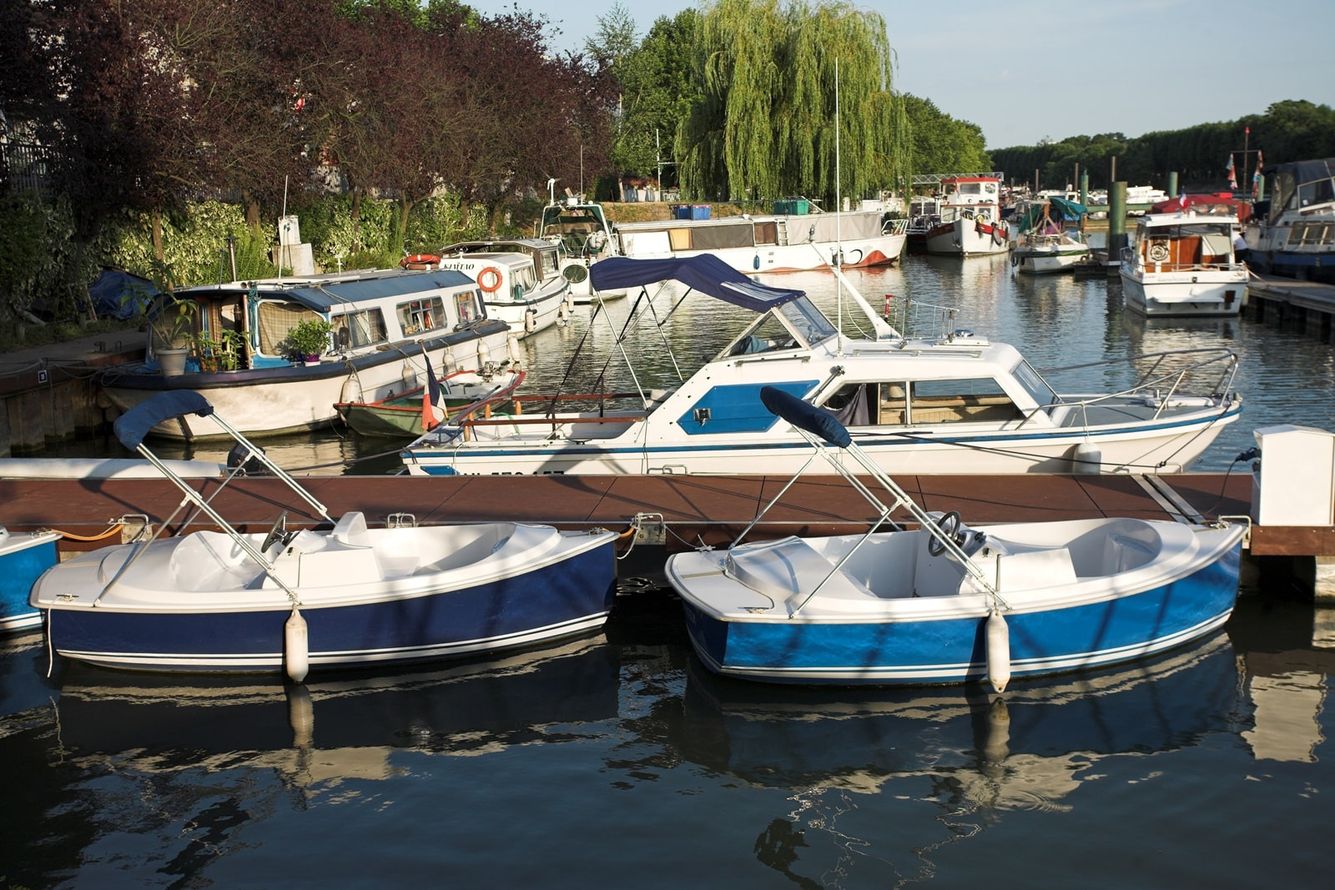Technology for improving the recycling of plastics and composites
Plastics and composites aren’t recycled as often as we might wish, as a result of a lack of facilities, the right technologies not yet existing or not being profitable, or hazardous waste deposits. IMT Nord Europe have been working in partnership with manufacturers to develop and improve the available technologies.
Plastics and composites get a lot of bad press, but it is hard to do without them for many objects we use every day, including our cars. In order to minimise their polluting effect, they must be recycled, but this is complicated from both a technological and an economic perspective. Two researchers from IMT Nord Europe are seeking to improve processes with a view towards industrialisation.
In order to recycle plastic, outlets have to be found for these recycled materials. One of the main stumbling blocks is the presence of pollutants, including volatile organic compounds (VOCs), which can produce unpleasant and even toxic odours. There are also very strict standards governing the emission of VOCs and odours in vehicle passenger compartments. Marie-France Lacrampe, a researcher at IMT Nord Europe, is working on a solution which is striking in its simplicity: water-assisted extrusion.
Eliminating odours
Extrusion is a process traditionally used to manufacture objects made from plastic, involving pushing a doughy material through a die of the desired cross-section. Water is injected into the extruder and the steam washes the plastic, extracting the majority of any VOCs. “A few changes need to be made to the extruder”, explains Marie-France Lacrampe. Professor Lacrampe is working alongside three industrial partners and another laboratory, with the industrial pilot expected to be operational within two years.
In order to further improve this process, the researcher intends to combine water with supercritical CO2 – pressurised CO2 which becomes a highly effective solvent. The advantage is that it removes different molecules from those removed using water.
Process organisation and eco-design
Efficient recycling normally starts with designing materials which are easy to recycle. This is particularly true when it comes to food packaging, which is often made using several different materials (cartons, thermoformed tubs or re-heatable pouches, for example). “The ideal solution is to mix compatible polymers which can then be integrated into existing recycling processes”, explains Marie-France Lacrampe.
When it comes to recycling, it’s not just a question of the technology used, but how the whole process is organised. Waste must be used as locally as possible in order to cut transport and logistics costs, requiring intelligent analysis and handling of flows.
“If we want to boost recycling rates then we have to tackle what we don’t know how to do. This is particularly true for small quantities (hazardous waste deposits) and materials which we are unable to recycle or aren’t very good at recycling such as opaque PET (the plastic used to make milk bottles, for example). We are working on recycling small quantities through additive manufacturing, the industrial version of 3D printing, extruding them again with additives so that they be reused.”
Composites – rarely recycled
If recycling plastics isn’t always easy, just imagine what it must be like for composites, materials which are generally comprised of glass or carbon fibre and a polymer matrix. A modern aircraft such as the Airbus A350 is half-made of composites, which are used in whole sectors of industry, from transport (not just aircraft, but also cars, boats and bikes) to electronics, leisure and wind power.
Once they have reached the end of their life, composites are primarily burned in order to produce energy, which isn’t ideal from either an environmental or an economic point of view. “Solutions are being developed in the aeronautics sector to recover carbon fibres”, points out Mylène Lagardère, who is also a researcher at IMT Nord Europe. “It is mostly carbon-based composites which are used in aeronautics, which are more “noble”, making them easier to recycle.” Technology for recycling fibreglass composite does exist, but it is not yet profitable.
Developing more affordable methods
There are two possible processes for recovering fibres: a chemical process in which the matrix is dissolved in a solvent (allowing the matrix to be reused) and a thermal process in which the matrix is damaged. Matrices themselves are either thermoplastic, meaning they can be melted, or thermosetting, meaning they are damaged when heated. As a result, as Mylène Lagardère explains, “each fibre-matrix combination is processed differently, with a different process for each product.” This is what makes recycling composites so complicated. The purer the material, the easier it is to recycle.
As we can see, improving recycling is essential, and research into this subject is rightly being prioritised. “Our aim is to develop methods which are both simple and affordable”, explains Mylène Lagardère. “Our basis is the industrial problem: if we have a deposit of materials with certain properties, then we can recover a recycled material with such properties.” The issue is that, during recycling, the properties of the material always deteriorate, as the fibres are shortened.
The recycling of composites is still very much in its infancy, but a few processes are starting to emerge, whether in water sports, where the association APER – funded by an eco-tax on new crafts – dismantles abandoned boats, or in the wind power industry. The automobile industry is also having to adapt, with legislation requiring recycled materials to be used in the production of new vehicles.
Cécile Michaut
| Large quantities of composites for recycling on the horizon? 10 million tonnes of composites are produced each year worldwide, and the market is continuing to grow at a rate of 5% year on year. But recycling is set to really accelerate: composites whihe arrived on the market 20 to 30 years ago are now reaching the end of their lives. 50,000 tonnes of wind turbine rotors will need to be recycled between 2021 and 2022. In 2023, 25,000 boats, three-quarters made from composites, are to be dismantled. 4,000 railway carriages are also awaiting dismantling. Although resources remain limited (15,000 tonnes of production waste and 7,000 tonnes of materials at end of life in 2017), significant growth is anticipated. Processes mut develop and organise in order to become sustainable. |
Also read on I’MTech


